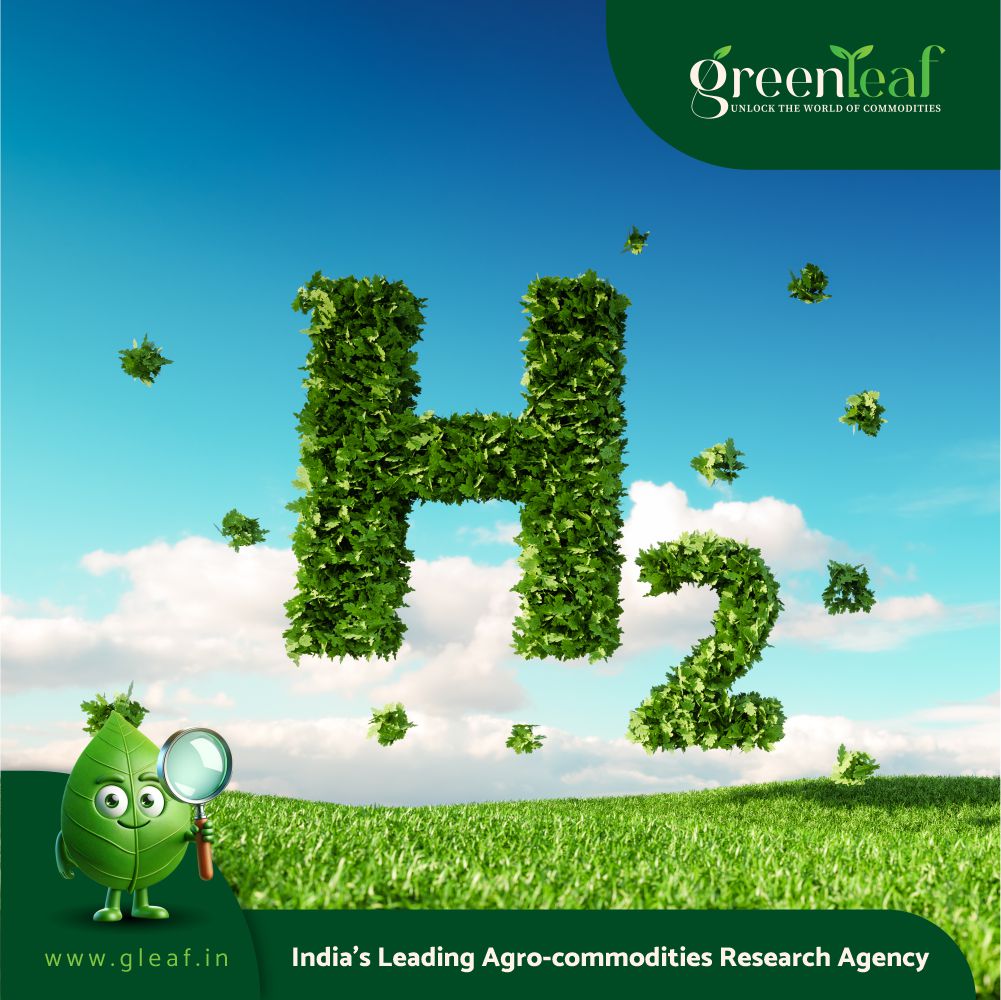Policymakers in Europe and Japan are on track to subsidise the import of hydrogen molecules which drastically exceed their thresholds for carbon intensity, undermining any attempt to reduce greenhouse gas emissions, according to a new report from the Rocky Mountain Institute (RMI) and Green Hydrogen Organisation.
This is despite the fact that project developers for blue hydrogen — arguably a cheaper and easier option than renewable H2 — promise the capture and storage of up to 98% of CO2 emissions.
The biggest risk is that governments set their carbon intensity thresholds for “clean” or “low-carbon” H2 on a well-to-gate basis, ie only including emissions from production, according to the jointly-authored report, Weak Emissions Accounting Can Undermine Hydrogen’s Role in Global Decarbonisation.
However, this would not include emissions from processing and transporting these molecules, which could add up beyond the acceptable carbon limit.
For example, the report calculates that even for blue hydrogen produced in the US that meets the EU’s current carbon threshold for clean H2 — ie, 3.38kgCO2e/kgH2 — the extra emissions from converting it to ammonia for shipment to the EU and cracking it back would more than double the carbon intensity, resulting in a major undercount of the true carbon cost.
This estimate also assumes the use of zero-carbon ships and green electricity throughout the value chain and extremely low upstream methane emissions.
The report warns that some definitions of blue hydrogen could further exacerbate the undercount by using a national average for upstream methane leakage, rather than checking the actual leakage rate from the basin where the feedstock was sourced.
For example, it calculates that if Japan imported blue H2 as ammonia for power generation from Australia, based on a natural average, it would undercount 43% of emissions.
But if the methane feedstock came from the Canning Basin in Western Australia, Japan would undercount emissions by 69% — with the final ammonia coming with a higher carbon intensity than burning natural gas or coal.
As such, the report recommends Japan and South Korea must revise their definition to extend it beyond “well-to-gate”, particularly since both of these nations are expected to depend on shipped imports, while also suggesting the EU set robust methodologies for calculating emissions from blue H2 in an upcoming delegated act.
The recommendations also include harmonisation of standards for blue hydrogen, as well as “low-carbon” and “clean” H2 more broadly, on a global scale.
The report also suggests that more methodologies for calculating emissions take into account hydrogen leakage, given the indirect greenhouse gas effect these molecules can have in the atmosphere.
While the report is broadly critical of exporting blue hydrogen due to the risk that this trade will add to emissions rather than reduce them, it points out one exception that seems to prove the rule: Norwegian exports to Europe.
The RMI and Green Hydrogen Organisation note that projects would benefit from extremely low upstream methane leakage in Norway due to strict regulation, as well as a low-carbon grid, while molecules could be exported as a gas through a pipeline rather than converted to ammonia and shipped.
The report calculates that Norwegian blue hydrogen could have an emissions intensity of just 1.93kgCO2e/kgH2 if exported to the Netherlands, compared to 2.2kgCO2e/kgH2 for green molecules produced in the US and exported to the same location.












